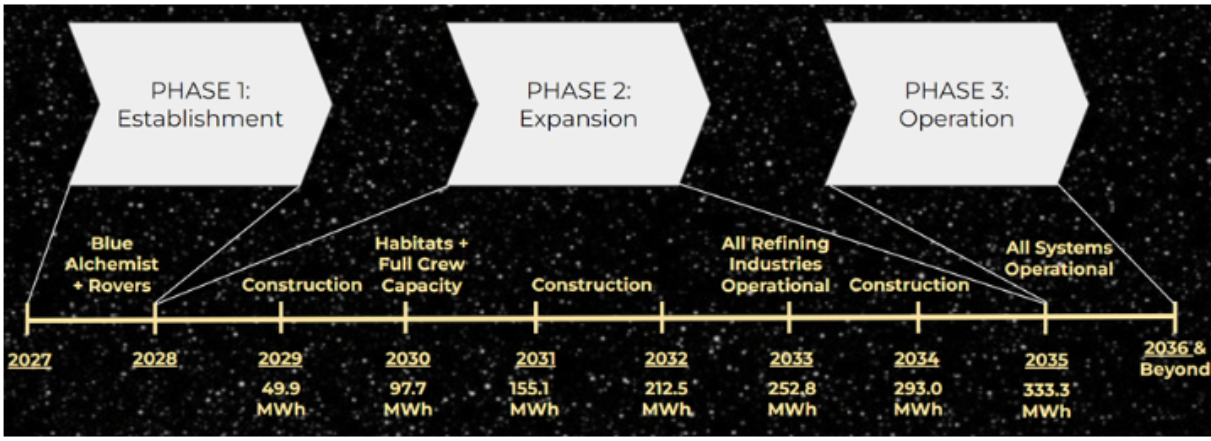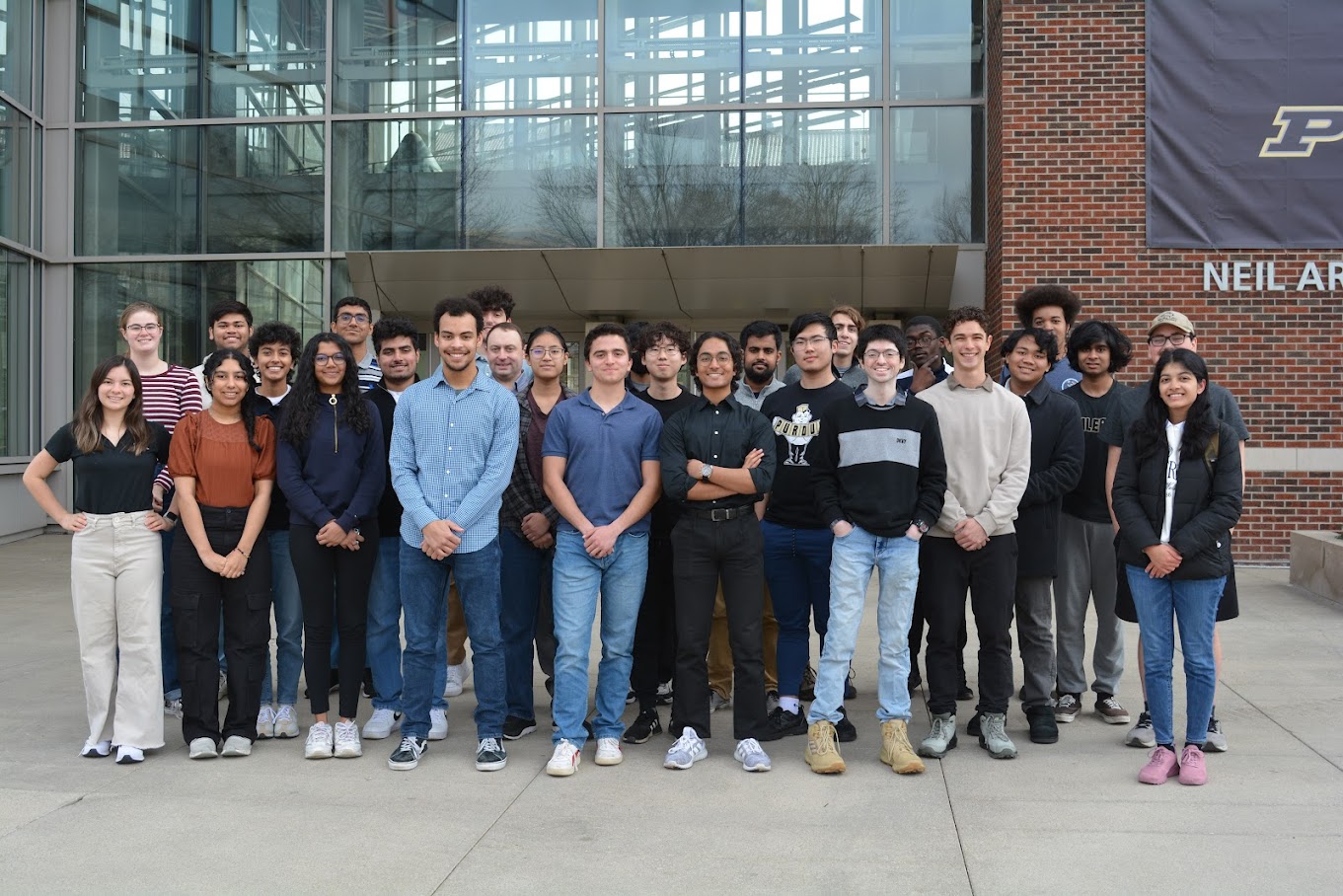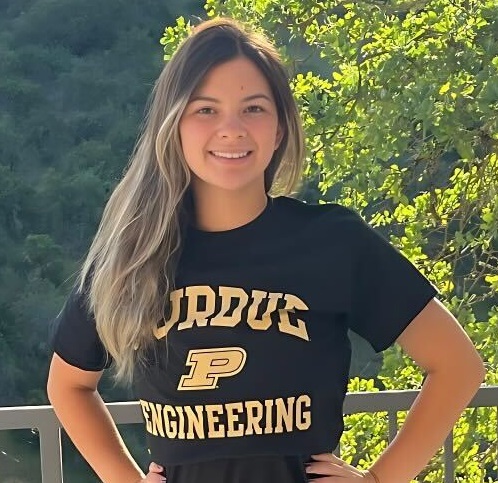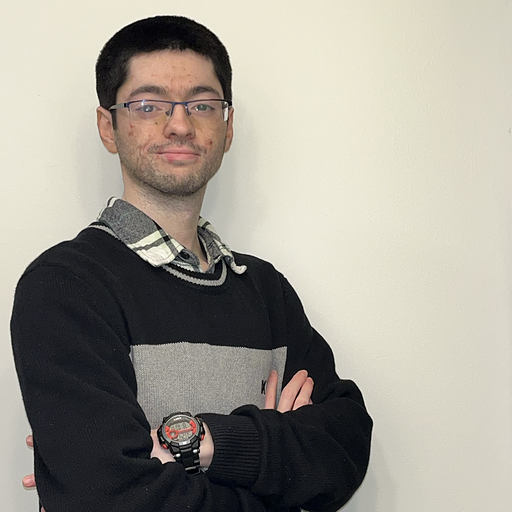About the Challenge
 "NASA is pioneering the future of space exploration as we extend humanity’s presence further into the solar system.
The 2024 RASC-AL Competition is seeking undergraduate and graduate teams to develop new concepts that
leverage innovation to improve our ability to operate on the Moon, Mars and beyond. Each team’s response
should address novel and robust technologies, capabilities, and operational models that support expanding
humanity’s ability to thrive beyond Earth. In this year’s competition, teams and their faculty advisors
are invited to design and propose innovative solutions with supporting original engineering and analysis
in response to one of the four themes below:
"NASA is pioneering the future of space exploration as we extend humanity’s presence further into the solar system.
The 2024 RASC-AL Competition is seeking undergraduate and graduate teams to develop new concepts that
leverage innovation to improve our ability to operate on the Moon, Mars and beyond. Each team’s response
should address novel and robust technologies, capabilities, and operational models that support expanding
humanity’s ability to thrive beyond Earth. In this year’s competition, teams and their faculty advisors
are invited to design and propose innovative solutions with supporting original engineering and analysis
in response to one of the four themes below:1. Long Duration Mars Simulation at the Moon
2. Sustained Lunar Evolution
3. AI-Powered Self-Replicating Probes – an Evolutionary Approach
4. Large-Scale Lunar Crater Prospector"
The Team
As Part of SEARCH, Purdue University is participating in the 2024 Rasc-AL Challenge. The team has chosen Sustained Lunar Evolution as the topic to research. The team comprises a group of graduate students, undergraduate students and PhD mentors, exploring various innovative and lucrative businesses to establish on the moon.
CHRONOS: Construction, Habitation, and Resource Optimization for New Off-world Settlements
Project CHRONOS (Construction, Habitation, and Resource
Optimization for New Off-world Settlements) is heavily focused on in-situ resource utilization
to both construct the necessary infrastructure and profit off of those same resources. Our first
crewed mission will establish several of Blue Origin’s Blue Alchemist modules that will use
lunar regolith to 3D print a steady stream of solar panels that will power the CHRONOS
infrastructure as expansion continues.

Once enough power has been generated, additional
crewed missions will set up lunar forges, which will be fed lunar regolith by specialized mining
and collection rovers to produce various materials. These assets, such as sulfur concrete, will
be used to expand the CHRONOS campus as landing pads, roads, four habitats, and storage
depots are constructed. Eventually, CHRONOS will begin to sell its refined metals, rocket
fuel, and excess habitat space to private companies or agencies.
Ultimately, the CHRONOS
mission intends to kickstart the commercial space industry, specifically on the moon. The aim
is to inspire other companies to establish a presence of their own on the moon and to make a
profit off of their endeavors by providing cheaper alternatives for power generation, materials
for construction, rocket fuel for transportation, and rentable rovers for miscellaneous tasks.
An annual revenue of nearly 3 billion dollars is to be expected by 2035, putting the initial
investment cost of 58 billion dollars at a total payback period of about 20 years.
The prioritization of In-Situ Resource Utilization techniques allows
CHRONOS to minimize operational costs while producing around 390,000 kilograms of refined
materials per year, granting it the capacity to profit nearly 3 billion dollars annually.
Offering lunar tourism and rover renting services alongside highly discounted materials on the lunar
surface will be the key to future lunar expansion for other groups.
CHRONOS, the first
business to operate on the moon, is designed to ensure that it won’t be the last and in doing
so, begin the industrial space age.
Here is a link to the Technical Report the team submitted to NASA






